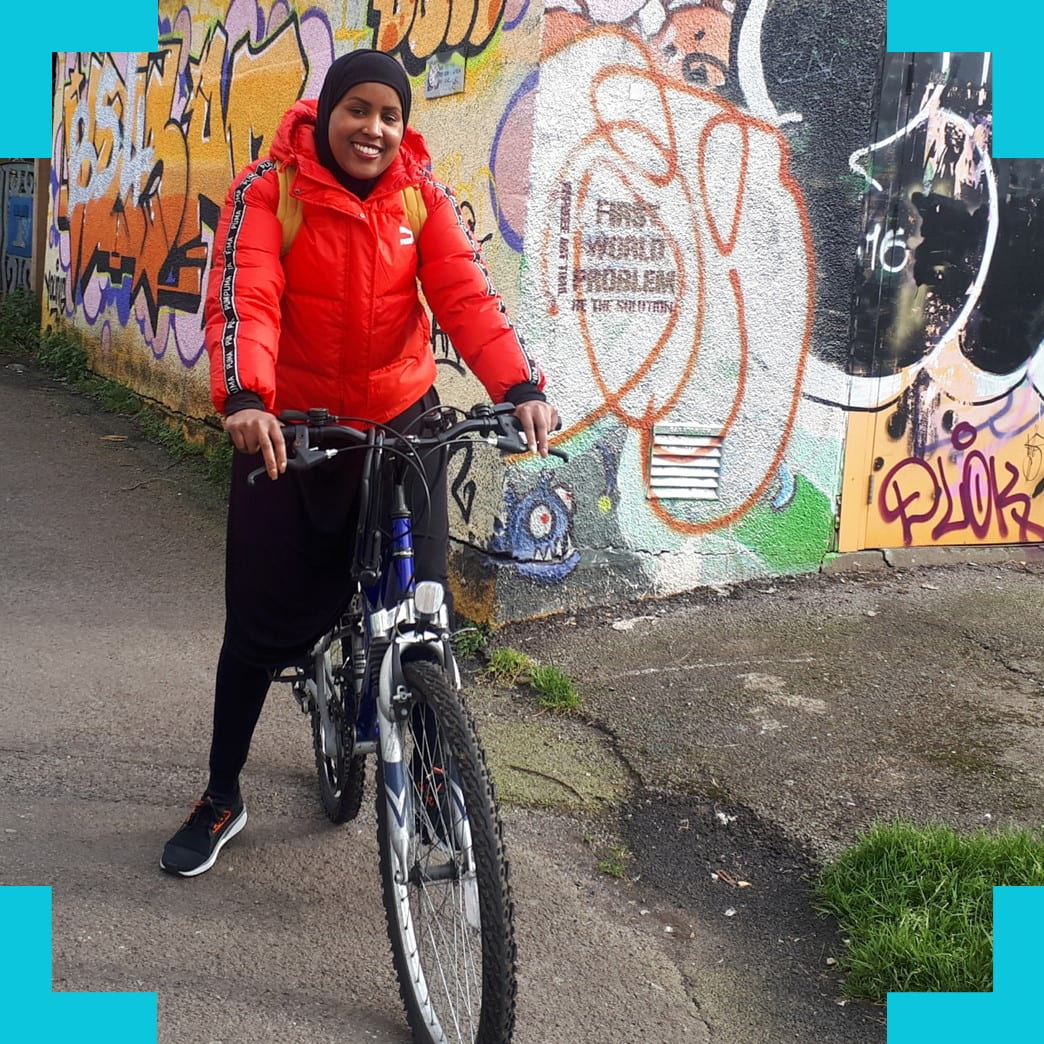How do you move: improving the communication of the chief medical officer’s physical activity guidelines
How are some people able to be physically active in their daily lives while others are not? How can physical activity guidelines be made more relevant and accessible?

“Physical activity is not just a health issue. It brings people together to enjoy shared activities and contributes to building strong communities….” (UK Chief Medical Officers’ Physical Activity Guidelines, 2019)
The Chief Medical Officer’s Physical Activity guidelines recommend how much physical activity people should do and what types of physical activity most benefit health. The guidelines had largely been circulated amongst healthcare professionals, meaning there had been a lack of material that was written and designed for the public, and so public understanding was limited. The guidelines were updated in 2019 and this project explored how they can be communicated more effectively to underserved and seldom heard communities.
What did the project involve?
This research seeks to develop tailored physical activity messages to specific communities by listening to the stories of local people about how they keep active.
The research was carried out through four interactive, consultative workshops to different community groups and information was collected in the workshops using community-based participatory research methods. The interdisciplinary team explored, in-depth, the experiences of physical activity in people’s daily lives to co-produce emotive, first-person written accounts of their experiences.
The research questions posed by the team were:
- How do underserved communities understand and perceive Physical Activity?
- How can the Physical Activity guidelines be communicated effectively to these communities?
- How are some people able to be physically active in their daily lives while others are not?
Who are the team and what do they bring?
- James Nobles (Bristol Medical School) brings his research on public health and experience working with the voluntary and community sector.
- Michelle Farr (Bristol Medical School) brings her research on sociology and public services management.
- Sabi Redwood (Bristol Medical School) brings her research on sociology and ethnography to support healthcare work.
- Clare Thomas (Bristol Medical School) brings her research on large projects around primary care.
- Emer Brangan (UWE Bristol) brings her research on social science and injury prevention
- Zoe Banks Gross (Knowle West Media Centre) brings her expertise on community engagement, inclusion and empowering local communities.
- Rachel Clarke (Knowle West Media Centre) brings her expertise on building relationships with a broad range of audiences and communities.
- Malcolm Hamilton (Mufti Games) brings his experience of creating playful experiences to engage audiences with ideas.
- Zoe Trinder-Widdess (NIHR Applied Research Collaboration West) brings her expertise on helping researchers disseminate their findings to the right people and training people to communicate effectively.
- Rosie Davies (UWE Bristol) brings her expertise on public involvement in research.
- Charlie Foster (Policy Studies) brings his research on physical activity and policy, as well as co-ordinating the update of the Chief Medical Officer’s Physical Activity guidelines.
- Professor Russ Jago (Policy Studies) brings his research on physical activity for young people and children.
- Andrew Gibson (UWE Bristol) brings his expertise in public involvement in health research.
What were the results?
One of the outputs was a set of recommendations for how best to communicate physical activity to the public. You can read more about this via “Let’s Talk about Physical Activity”: Understanding the Preferences of Under-Served Communities when Messaging Physical Activity Guidelines to the Public.
Together with the community groups and individuals, a series of short films were created based upon the creative non-fiction case studies produced as part of the research. The findings will also inform the updated Physical Activity Guidelines.

